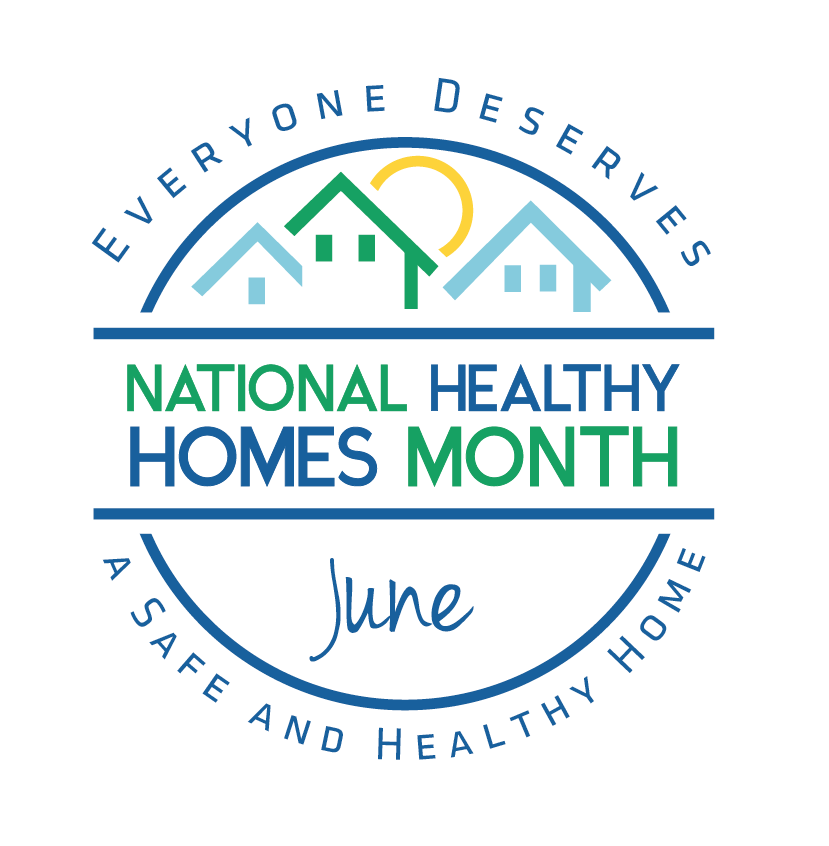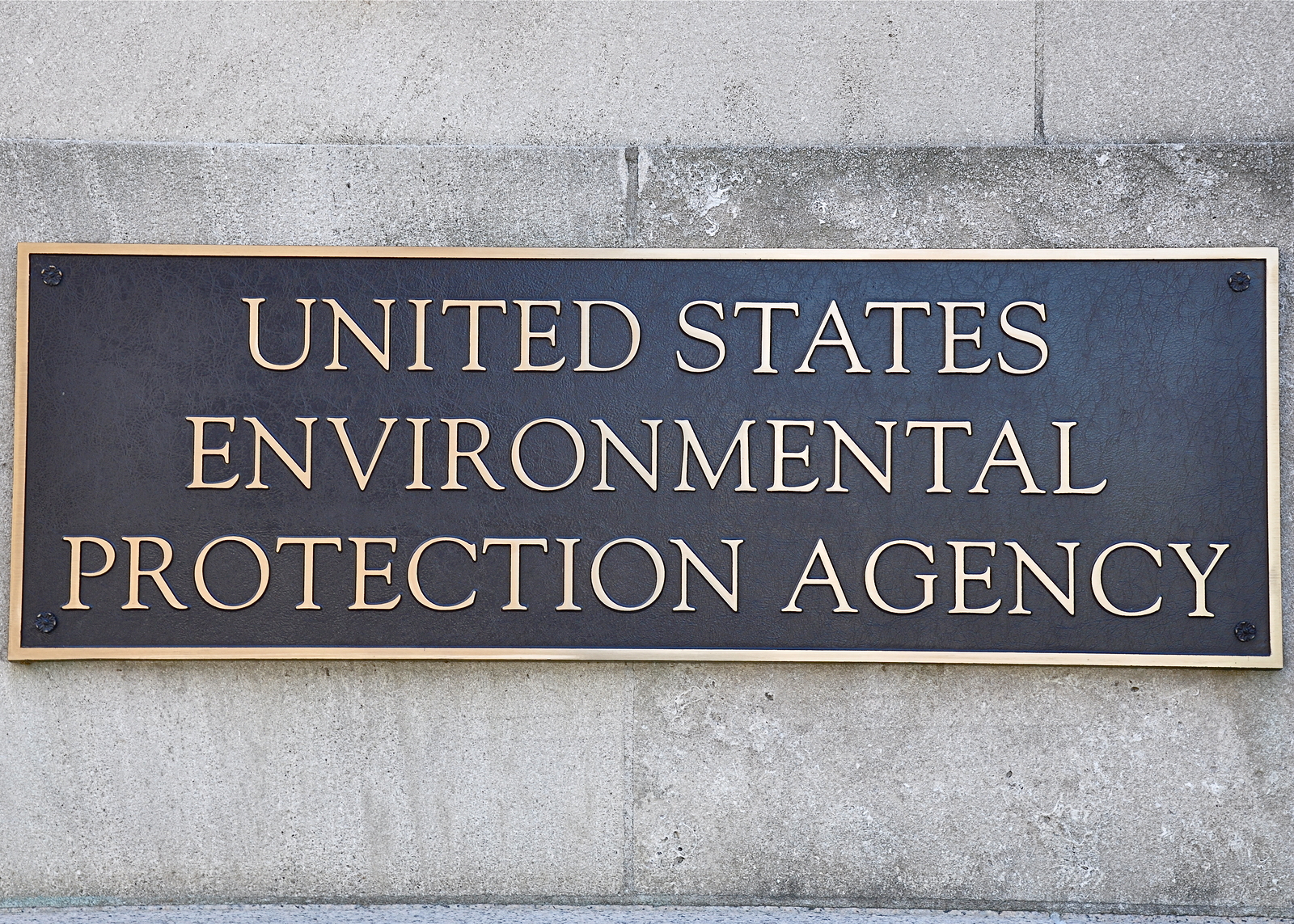June is recognized by the U. S. Department of Housing and Urban Development (HUD) and The U. S. Environmental Protection Agency (EPA) as National Healthy Homes Month. Throughout the month of June, the EPA is inviting you to learn more about indoor air, housing, and health. It is the hope of these agencies, that by…
Indoor Air Quality
What Customers Say About HNST Mold Inspections
When you’ve got a potentially dangerous situation inside of your home such as an infestation of mold, you don’t take any chances. That’s why most people go online to look for testimonials, ratings, and reviews of companies. I always read my reviews so that I can see what my customers think of my work and…
Read more about What Customers Say About HNST Mold Inspections
Exposing young Children to bacteria
In today’s world of antibiotic use, hand sanitizing and anti-bacterial soap, is it any wonder that allergies are at an all-time high, and that children’s immune systems aren’t as strong as they used to be? We came across this great video that we’d like to share with you regarding allergies. Mold allergies, asthma and other…
FREE EPA Webinar
As a mold inspector and assessor, we deal with mold and indoor air quality issues every day. One of our favorite places to go to keep up to date and for information is the U.S. Environmental Protection Agency (EPA). Occasionally the EPA offers free webinars with discussions which are open to professionals as well as…



